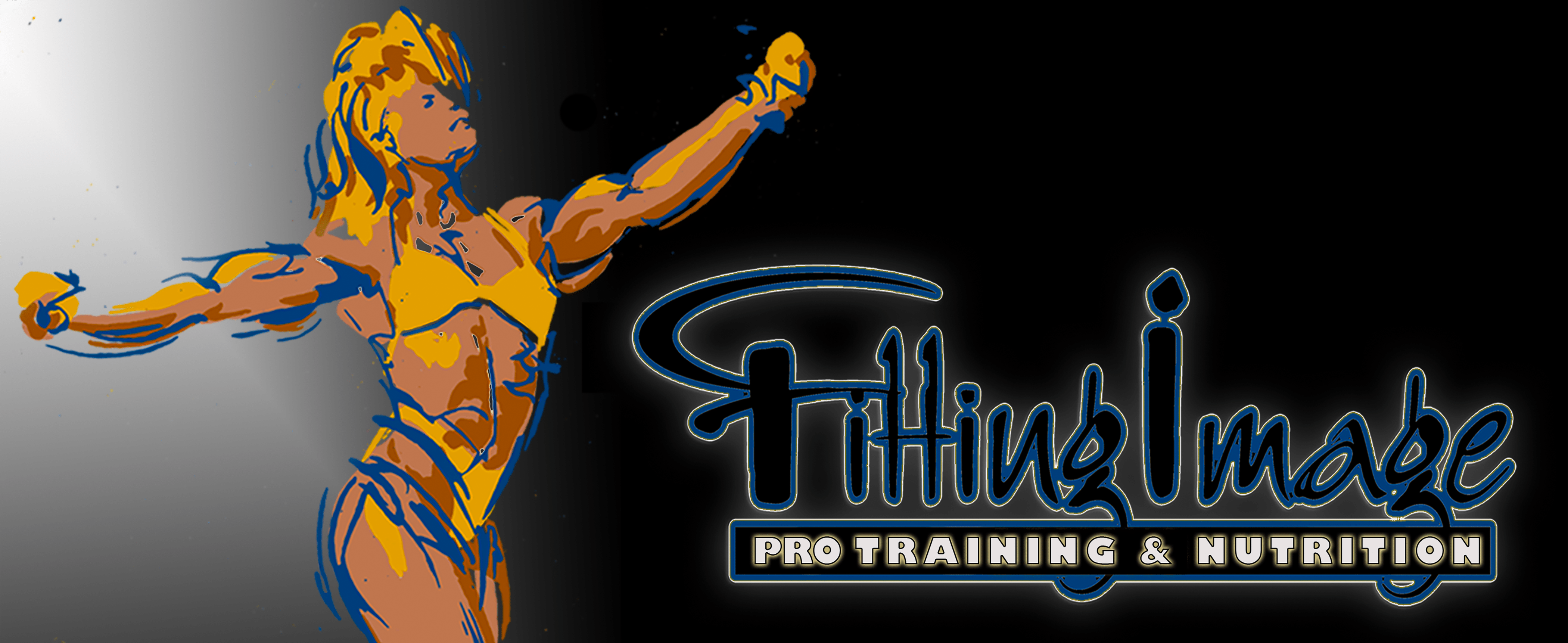
Balancing a Woman’s Hormones with Weightlifting
More and more women are ditching the treadmill and going for weight training to build lean, athletic, strong, and downright sexy figures. I’m happy to say that the days of legwarmers, aerobics and little pink weights are behind us.
Welcome to the female weight training revolution! I’m proud to say that I’ve been on the forefront of it when I started weightlifting back when women shied away from the weights, and those who did only used light weights. I was banned in some gyms going into the “Men’s” section, even after winning the USA. The “Women’s” section only had little bars with pink 2 ½ lb. weights on it, yoga mats, and inner/outer thigh machines.
I’m happy that’s all changed…because weightlifting is the fountain of youth!
Weightlifting stimulates the hypertrophy of muscle cells, builds bone density, helps in using stored fat as fuel, and “fine tunes” nervous system communication networks. Strength training also stimulates the release of human growth hormone, which helps build muscle and burn the fat. It also increases insulin sensitivity, which helps control blood sugar and reduces the risk of type 2 diabetes. Strength training also helps regulate sex hormones — testosterone and estrogen — especially as women get older. It’s good for you!
Let’s talk hormones now. There are three main hormones:
- Estrogen – the primary female hormone that promotes health, regulates sex characteristics, and triggers ovulation.
- Progesterone – responsible for thickening the lining of your uterus.
- Testosterone – a natural anabolic hormone found in small amounts in females.
Estrogen tends to get the worst rep; it’s associated with the bloating, fatigue and headaches that make hitting the gym more challenging especially right before and during the period (when your estrogen levels dip and then begin to increase). But it also impacts your health and training goals in other important ways. Increasingly, researchers are linking excess body fat to excess estrogen levels: they find that the more body fat you have, the more estrogen you produce. Studies also show that high levels of estrogen are connected to health conditions such as obesity, cancer, and type 2 diabetes. Which is why weightlifting helps keep estrogen at the right levels — not too high and not too low — and can make a huge difference between looking fit and looking flabby.
How does it all work? Imagine the cells of your body as little fortresses that are unlocked by keys in the form of enzymes. When the enzymes unlock certain cells, cholesterol creates hormones, such as estrogen, testosterone, and cortisol, to aid in normal, everyday functioning. Fat cells contain an enzyme called aromatase, which helps convert testosterone to estrogen — again, a normal, everyday reaction that helps your body maintain the right level of hormones. But if there’s a large amount of fat in the body, the reaction is too active and too much estrogen is produced, and when that happens, it creates a hormonal imbalance that is related to a host of conditions in women — everything from PMS to cancer.
Weightlifting helps balance your estrogen levels by increasing metabolism and therefore lean body mass, and that burns more fat and reduces the fat mass. It also reduces the amount of aromatase — the result of fewer fat cells. So, more testosterone is available and less estrogen is produced. Since testosterone also helps you build lean muscle mass and reduce fat mass, the results of exercise are further improved.
With all that, make sure you don’t over train and make sure your diet is clean and healthy. Beyond a healthy approach to exercise, you can also balance your estrogen levels naturally by avoiding the environmental and diet risk factors that have been shown to spike the hormone in your system: pesticides, herbicides and insecticides, soy, meat derived from hormonally treated animals, and BPA found in plastics.




